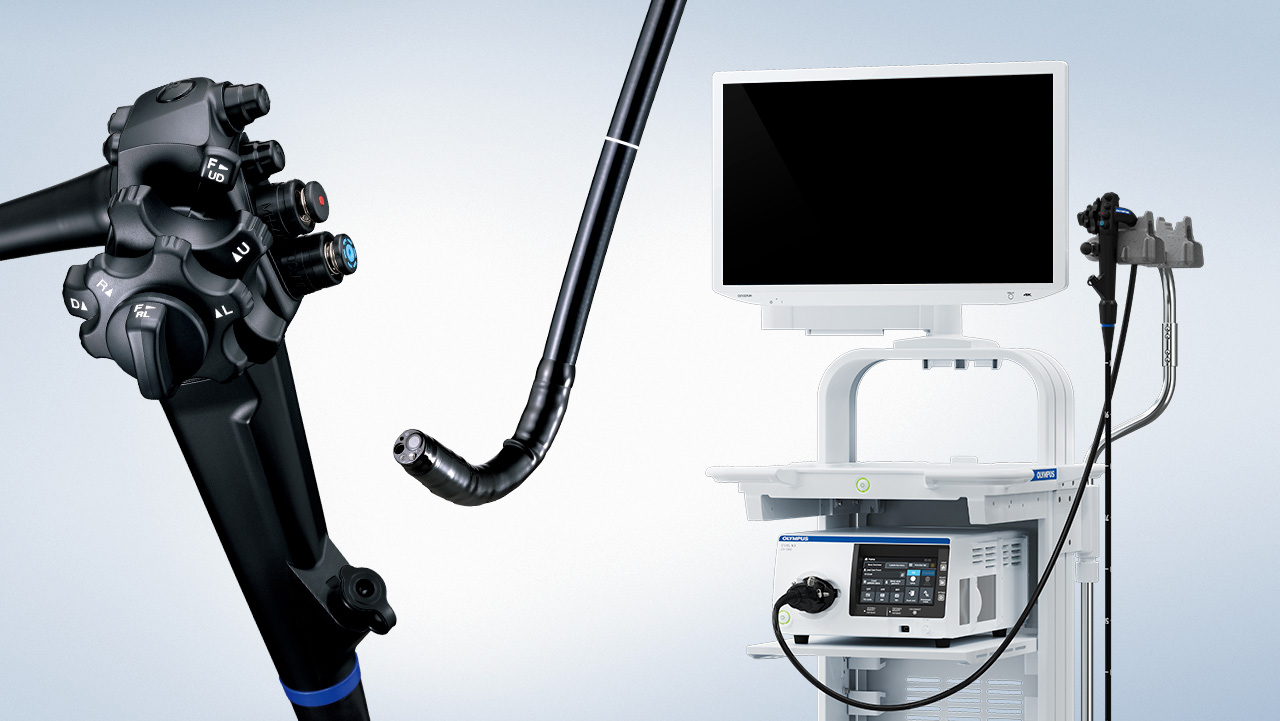.jpg)
• Khó nuốt, loét họng, đau thượng vị, sụt cân, buồn nôn và ói hoặc mất máu
• Kết quả nội soi: các nếp niêm mạc loét, nhiều nốt, dầy, cứng hoặc hẹp phần hang vị của dạ dày hoặc tá tràng gần
• Xử trí: lấy sinh thiết 2 mẫu ở vùng có tổn thương
• Δ +: tế bào học xác nhận viêm mãn tính và phát hiện u hạt u xơ
Crohn’s disease
Current data suggests that involvement of the upper GI tract in pediatric patients with Crohn’s disease occurs more often than previously thought. The rate of positive findings of noncase- ating granuloma in the stomach or duodenum in unselected patients with Crohn’s disease is higher than in selected patients with presumptive symptoms of upper GI tract involvement: dysphagia, aphthoid lesions in the mouth, epigastric pain, weight loss, nausea, and vomiting or blood loss. In addition, 11.4–29% of patients with onset of Crohn’s disease may have isolated inflammation of the stomach and duodenum. Thus, routine use of EGD in patients with suspected Crohn’s disease is indicated.
Endoscopic findings of skipped lesions such as aphthous ulcers, nodularity, thickening of mucosal folds, rigidity or narrowing of the antral portion of the stomach or proximal duodenum are suggestive for Crohn’s disease. Serpiginous or longitudinal ulcers are rarely seen in children but, if found, may be helpful to distinguish it from peptic disease.
The goal of a histological evaluation of the stomach and the duodenum in children with suspected Crohn’s disease is confirmation of chronic inflammation and a finding of noncaseating granulomas, which occur in 30–40% of cases. There is no significant difference in the detection of granulomas in biopsies taken from endoscopically normal or abnormal areas of gastric or duodenal mucosa. Because of this multiple samples of endoscopically normal or altered mucosa have to be obtained to increase the diagnostic value of the procedure.
However, the absence of noncaseating granulomas does not rule out Crohn’s disease. The presence of focal inflammation with “crypt abscesses”, focal lymphoid aggregates and fibrosis may support the diagnosis of Crohn’s disease in children with suggestive history. Discovery of inflammation in the upper GI tract of children with confirmed Crohn’s disease in the small or large intestine may justify adjustment of or changes in existing therapy.
Bài viết liên quan
- Phân độ Forrest - 26-04-2021
- Tổn thương Dieulafoy - 03-05-2021
- Henoch - Schonlen purpura - 26-04-2021
- Phì đại môn vị (HPS) - 26-04-2021
- Lymphangiectacsia (LAE) - 26-04-2021
- Bệnh Celiac Sprue - 26-04-2021
- Lymphoproliferative - 26-04-2021
- U dạ dày - 26-04-2021
- Dị vật trong dạ dày - 26-04-2021
- Polyp tăng sinh dạ dày - 26-04-2021
-
![[SÁCH] Nội soi Thực quản - Dạ dày - Tá Tràng trẻ em](https://noisoitieuhoanhi.org/admin/timthumb.php?src=img/upload/5b9259d197e2b71186a0407e42485eb9.jpg&w=80&zc=1)
[SÁCH] Nội soi Thực quản - Dạ dày - Tá Tràng trẻ em
15-05-2025 -
![[VIDEO] Nội soi cắt Polyp và kẹp clip trên mô hình đại tràng lợn](https://noisoitieuhoanhi.org/admin/timthumb.php?src=img/upload/323b3de0e1cd9619ae7a9b1440537309.png&w=80&zc=1)
[VIDEO] Nội soi cắt Polyp và kẹp clip trên mô hình đại tràng lợn
26-04-2021 -
![[VIDEO] Nội soi dạ dày và nội soi can thiệp trên mô hình dạ dày lợn](https://noisoitieuhoanhi.org/admin/timthumb.php?src=img/upload/79aa0edeee9084809f73e3ca38da0d19.png&w=80&zc=1)
[VIDEO] Nội soi dạ dày và nội soi can thiệp trên mô hình dạ dày lợn
26-04-2021 -
![[VIDEO] Nội soi đại tràng và tháo xoắn Alpha trên mô hình đại tràng lợn](https://noisoitieuhoanhi.org/admin/timthumb.php?src=img/upload/b973c3827ebc14bee3dfaedc6c00125a.png&w=80&zc=1)
[VIDEO] Nội soi đại tràng và tháo xoắn Alpha trên mô hình đại tràng lợn
26-04-2021
-

Điều chỉnh trong thực hành nội soi tiêu hóa ở trẻ em
26-04-2021 -

Đơn vị nội soi tiêu hóa Trẻ em
10-05-2021 -

Khuyến cáo của Hội Nội soi Tiêu hóa và Hội Tiêu hóa-Gan mật-Dinh dưỡng Nhi khoa Châu âu
26-04-2021 -

Đánh giá và xử trí giãn tĩnh mạch Thực quản ở trẻ em (Hướng dẫn của Hội Tiêu hóa-Gan mật-Dinh dưỡng Nhi khoa Vương Quốc Anh)
26-04-2021
Copyrights Thiet Ke Website by ungdungviet.vn







